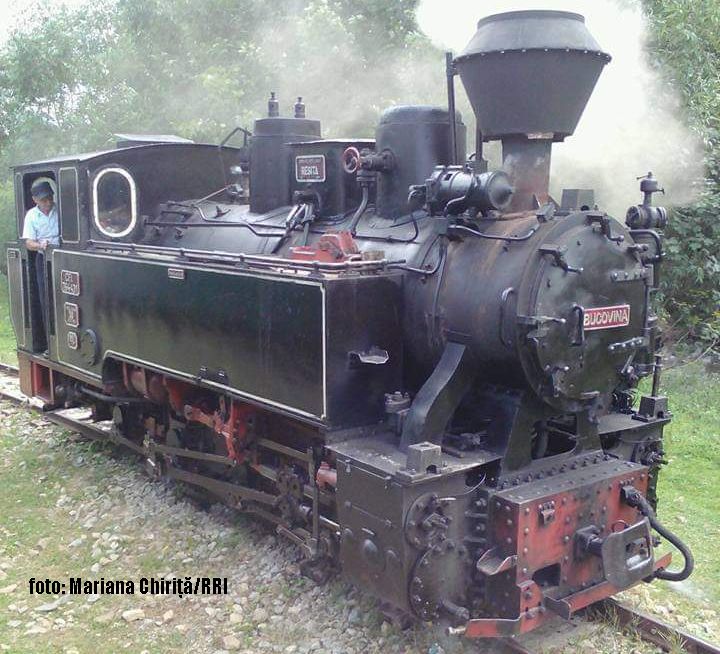Painter Stefan Luchian
Today we introduce you to Romanian painter Stefan Luchian.

Christine Leșcu, 16.07.2016, 14:03
In the second half of the 19th century and the beginning of the 20th
century, at a time when Romanian society and its arts were undergoing a process
of modernisation and harmonisation with the West, painting in this country was
dominated by three names, that of Nicolae Grigorescu, Theodor Aman and Gheorghe
Tattarescu. Aman and Tattarescu are the founders of the Romanian school of
painting. Grigorescu, who had been educated in France, at Barbizon, would use
the techniques and concepts he learned there to paint a Romantic portrait of
the Romanian rural world. It is in this context in which painter Stefan Luchian
developed. He was born in Botoşani in 1868 and died one century ago in Bucharest. A
rebel and an independent spirit, disapproved of by the critics of the time who
loved traditional values, Luchian made the passage from Aman’s academic style
to a style that was similar to impressionism but which had more social
connotations.
Today, his rebel spirit may come as a surprise for the public,
says Cătălin Bălescu, the Rector of the National Arts University in Bucharest:
A graduate of the School of Fine Arts in Bucharest, where he studied
under Theodor Aman and Gheorghe Tattarescu, Stefan Luchian stood out among his
contemporaries as a rebellious, avant-garde painter. Today we see him as a more
conventional artist, whose paintings are characterised by uniformity when it
comes to the use of light, as well as by the prevalence of strong colours. It
may come as a surprise for the contemporary public, but this kind of solar
painting set against an expressive background was the work of a rebellious
personality who chose his mentors from outside the schools he went to.
Following his studies in Bucharest, Luchian furthered his education in Munich
and Paris. He rejected the Academic art of the Bucharest school and sought
inspiration in reality, which was unusual in 19th century Romanian
art. A very talented painter, Stefan Luchian instinctively rejected the
artificial forms of expression, irrespective of their nature.
At odd with the art establishment of his age, Stefan Luchian is an iconic
figure today. A myth has been created around him, partly due to certain aspects
of biography, such as his suffering from multiple sclerosis that led to his
early death at 48. During his lifetime, he went through various different
stages, as the Director of the Romanian Academy Institute for Art History, Adrian
Silvan-Ionescu, has explained:
Luchian was not a very hard-working pupil. Later he became a student of
the School of Fine Arts and of the Conservatory where he studied the flute. He
obtained many medals while in school. Later he became a true dandy, always
dressing after the latest fashion, wearing diamond rings and keeping his own
horse-driven carriage which he drove himself. At this time, he was painting
horse races in the manner of his French contemporaries and the portraits of
fashionable ladies, as well as more socially critical paintings. He then became
more rebellious and together with other artists of his generation he created a
group called, after the French model, the Salon of the Rejected, comprising
artists who had been rejected from showing their works in public exhibitions,
whose rules were very rigid at the time. It is right after this period that
Luchian became ill. A new stage would begin, full of suffering and poverty.
During this period he discovered his gift as a social observer who sympathised
with the oppressed. As his illness got worse, he became paralysed, which
prevented him from moving his hand and holding his brush. Like Renoir, he had
his brush tied to his hand and continued to paint, creating masterpieces.
Stefan Luchian is best known in Romania for his self-portrait showing him with
a brush in his hand, as well as for his still-life paintings of wild flowers.






























